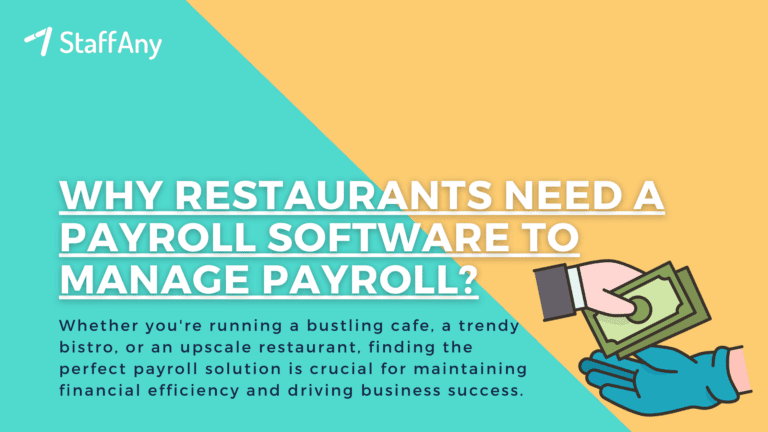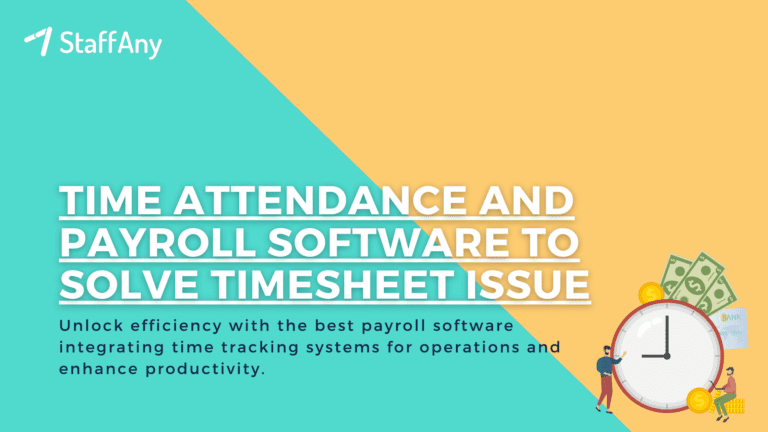Packaging plays a pivotal role in the modern consumer-driven world. It is not merely a protective cover for products, but a significant aspect of marketing and brand representation. From the allure of luxury packaging to the eco-conscious appeal of sustainable options, there are various types of packaging available in the market to cater to diverse consumer needs.
In this comprehensive guide, we will explore ten different types of packaging, each with its unique characteristics and benefits. Let’s get started!
Why Are Packaging Important?
Packaging is an outer shell that encases a product and serves many critical functions impacting businesses and consumers. Here are the primary reasons why packaging is of paramount importance:
1. Protection of Products
One of the fundamental roles of packaging is to shield products from various external factors. It protects against physical damage, moisture, light, and contamination. Without proper packaging, products are susceptible to deterioration, rendering them unsuitable for consumption or use.
2. Preservation of Freshness
In the realm of food and beverages, packaging plays a crucial role in preserving the freshness and quality of the contents. Packaging can extend the shelf life of perishable items, reducing food wastage and ensuring that consumers receive products in their best condition.
3. Information and Communication
Packaging serves as a vital medium for conveying essential information to consumers. Labels, product descriptions, nutritional facts, and usage instructions are all communicated through packaging. This information aids consumers in making informed choices and ensures product safety and compliance with regulations.
4. Brand Identity and Recognition
Packaging is often the first point of contact between a consumer and a product. It contributes significantly to brand recognition and identity. A well-designed, distinct packaging can make a product stand out on the shelf, attract attention, and influence purchasing decisions.
5. Marketing and Promotion
Packaging is a powerful marketing tool. It can convey a brand’s values, positioning, and the unique selling points of a product. Attractive and well-designed packaging can entice customers to choose one product over another, even if the contents are similar.
Read more: 20 Effective Marketing Strategies for Food Business
10 Types of Packaging
Packaging is an art and science that comes in many forms to meet the diverse needs of businesses and consumers. Here are ten different types of packaging, each with its unique characteristics and benefits:
1. Plastic Packaging
Plastic packaging is one of the most versatile and commonly used packaging materials. It’s valued for its lightweight nature, which reduces shipping costs, and its durability, ensuring that products remain protected during transportation. Plastic packaging offers various shapes and sizes, making it suitable for various items.
However, the environmental impact of plastic waste, particularly single-use plastics, has raised concerns. Sustainable alternatives, such as biodegradable plastics and recycling initiatives, are becoming increasingly important in the plastic packaging industry.
2. Paper Packaging
Paper packaging is celebrated for its eco-friendliness, as it is both biodegradable and recyclable. It is often the preferred choice for businesses looking to reduce their environmental footprint. Additionally, the paper’s printability allows for eye-catching branding and customisation, making it an excellent choice for retail products and gift packaging.
3. Glass Packaging
Glass packaging conveys a sense of elegance and purity. It is ideal for products where preservation of taste and quality is paramount, such as premium wines and spirits. Glass is not only 100% recyclable but also impermeable to gases and moisture, ensuring that the product inside remains uncontaminated and fresh, contributing to the preservation of the product’s integrity.
4. Metal Packaging
Metal packaging, commonly in cans and tins, is celebrated for its sturdiness and ability to protect products from external elements. It is often the choice for canned foods, beverages, and even certain cosmetic products. Its impermeability to light and air helps maintain the product’s freshness and extends its shelf life, reducing food wastage.
5. Flexible Packaging
Flexible packaging, comprising materials like plastic or foil, is known for its convenience. It’s lightweight, takes up minimal space, and is easy to open and reseal. This type of packaging is commonly used for snacks, pet food, and single-serve items, offering on-the-go convenience to consumers while maintaining product freshness and quality.
Read more: Restaurant Management Plan: Benefits & Development
6. Rigid Packaging
Rigid packaging is synonymous with high-end presentation. It’s designed to provide an attractive showcase for products and is often used for electronics, cosmetics, and luxury goods. With its strong, durable build, rigid packaging ensures that products arrive in perfect condition, while its sophisticated design enhances the perceived value of the product.
7. Composite Packaging
Composite packaging combines the strengths of different materials to provide a versatile and tailored solution. It’s commonly employed for products that require protection and an appealing appearance. Composite packaging can be customised to meet specific needs, making it a flexible choice for businesses seeking to balance functionality and aesthetics.
8. Biodegradable Packaging
Biodegradable packaging is gaining traction as consumers become more environmentally conscious. It naturally decomposes over time, significantly reducing its impact on the environment. This type of packaging is ideal for disposable items, from cutlery to food containers, where environmental responsibility is a priority.
9. Sustainable Packaging
Sustainable packaging focuses on reducing the overall environmental impact. It often incorporates recycled materials, encouraging the conservation of resources and energy. Sustainable packaging solutions cater to the growing demand for eco-friendly options and align with businesses aiming to lower their carbon footprint.
10. Luxury Packaging
Luxury packaging is synonymous with exclusivity and sophistication. It involves intricate designs, premium materials, and meticulous attention to detail, creating a premium experience for the customer.
Luxury packaging is commonly used for high-end cosmetics, perfumes, jewellery, and other luxury products, enhancing the perceived value and desirability of the product. It’s all about making a statement and leaving a lasting impression.
Read more: 7 Types of Loyalty Programs in Restaurants in 2023
As we’ve explored the diverse world of packaging, it’s evident that the choice of packaging goes beyond mere aesthetics and practicality. It encompasses environmental responsibility, brand representation, and the overall customer experience.
Selecting the right packaging for your products is a strategic decision that can impact not only the safety and integrity of your goods but also your brand’s success in the market.
For another crucial aspect of successful business operations, consider the importance of efficient employee rostering and time management. If you’re looking for a solution to enhance your workforce management and simplify your scheduling, look no further than StaffAny’s employee rostering software.
StaffAny understands the dynamic nature of schedules and operations. With our online timesheet tracker, you can effortlessly make real-time updates on the go, whether it’s extending a shift or adjusting hours, all while keeping a close eye on time spent.
Streamline your time management process with our all-in-one online timesheet solution. Trust StaffAny to help you manage your workforce effectively and enhance your productivity!











